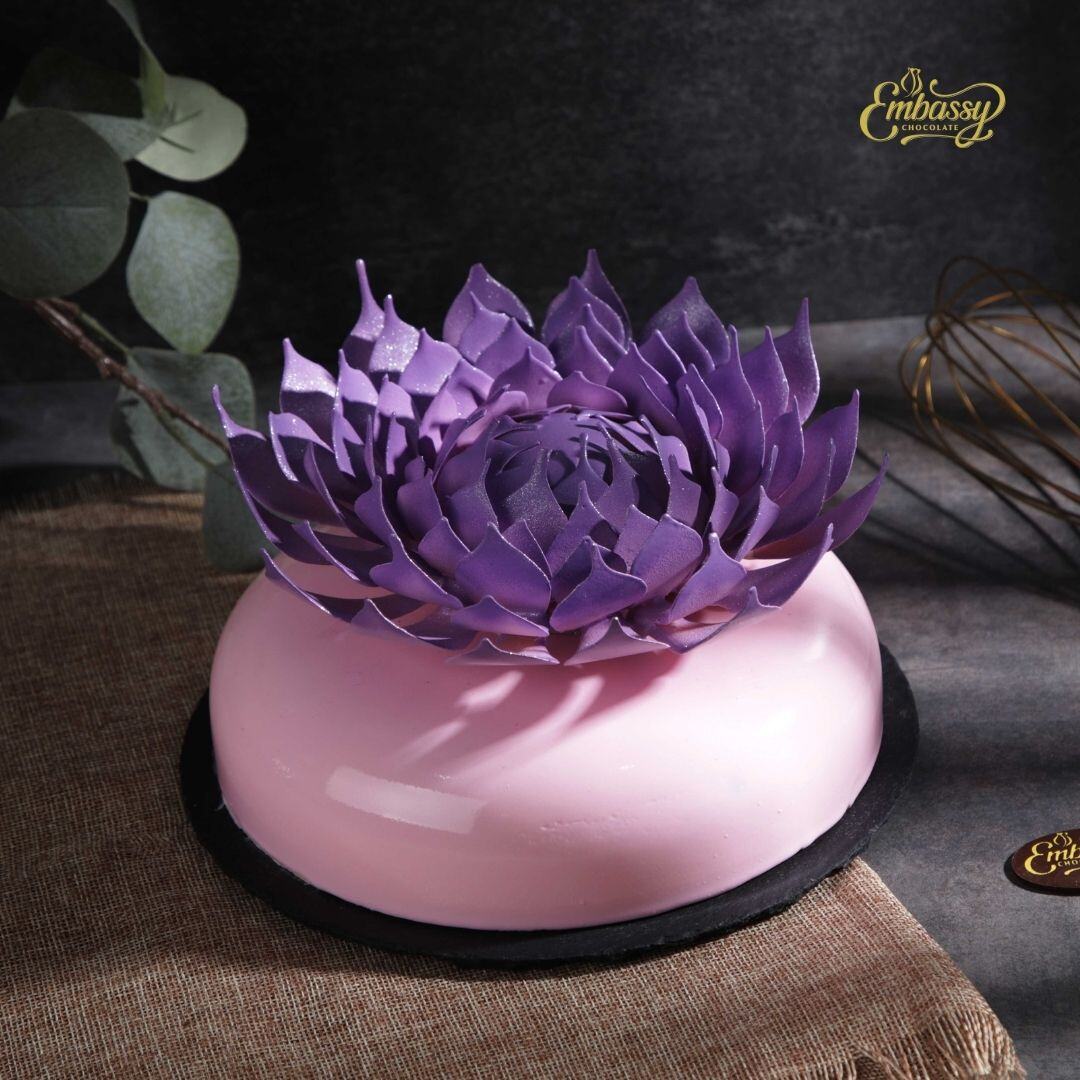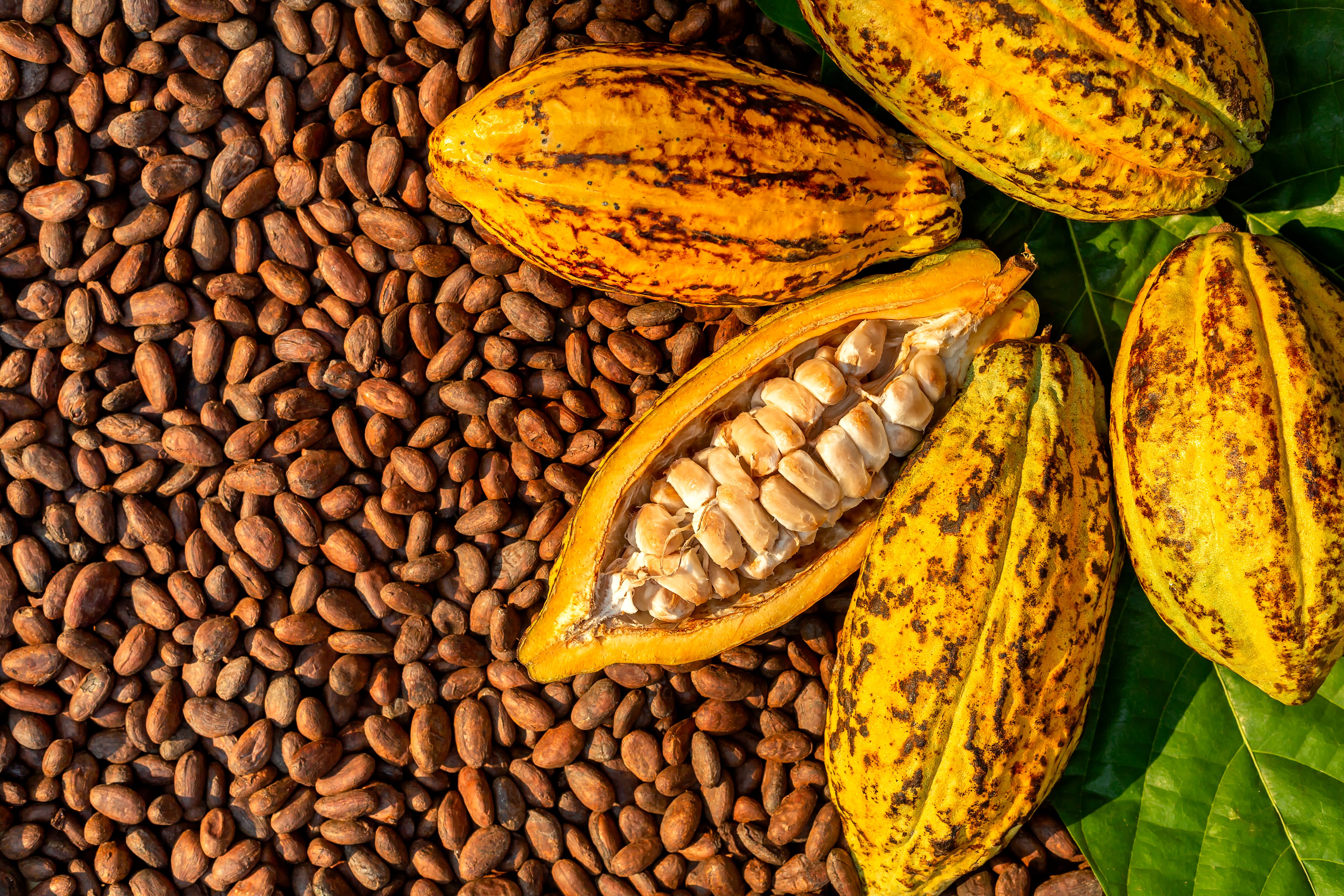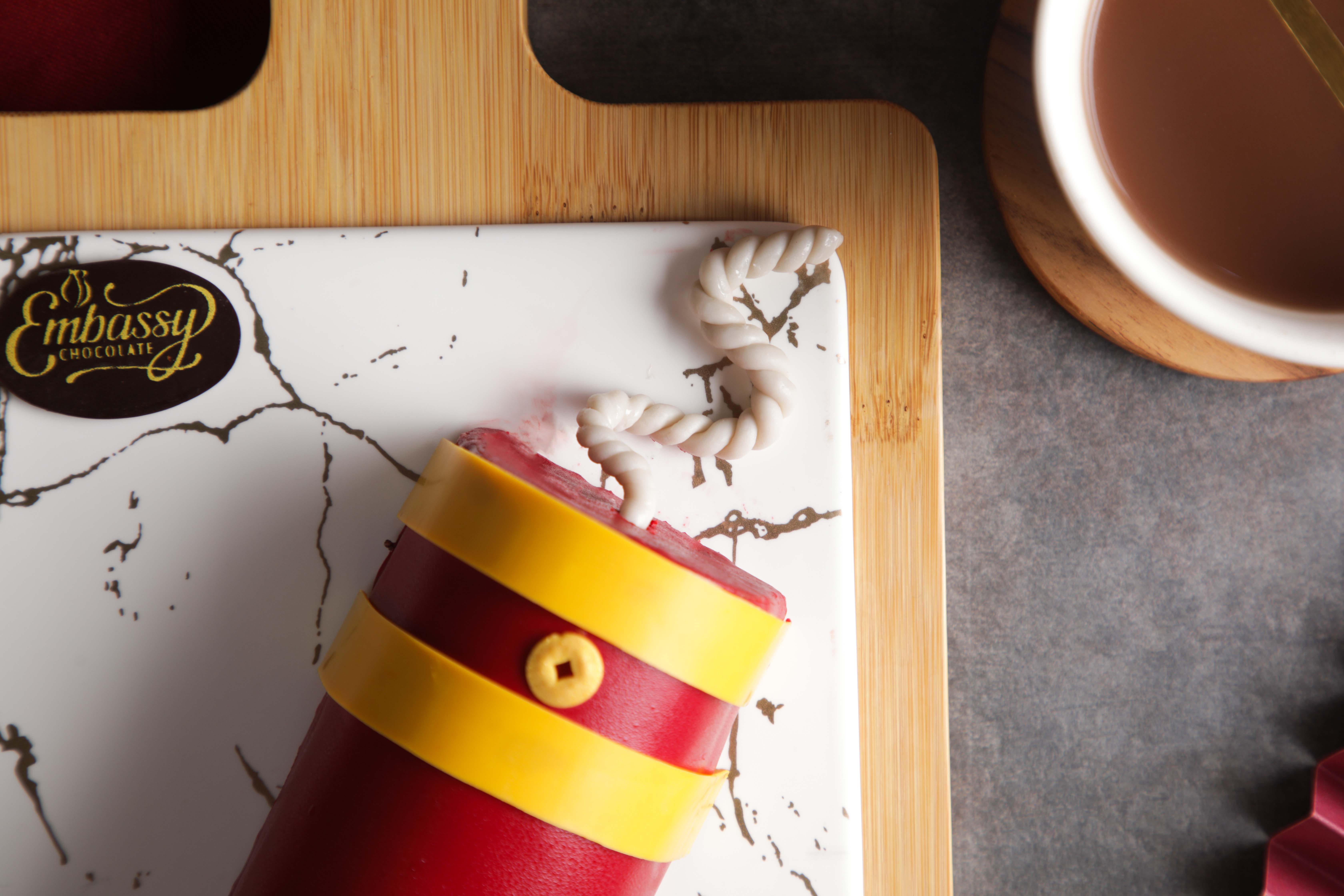Arte Cocoa Butter Colouring: The Professional's Secret to Excellent Colour Mastery
Colour is not just an accent, it's a powerful medium that can transform a simple dessert into a captivating work of art.
3 min read
Apr 11, 2022 3:25:15 PM

When tempering chocolate, there are many things that you need to pay attention to, including what tempering is and how to do it right. You also need the proper tools to temper chocolate. However, not everybody has all the tools to do this. You might not have a candy thermometer or an instant-read thermometer at home. But don’t worry!
You can still temper chocolate without a thermometer using the creating crystals and seeding methods. You will still need to gauge the temperature of your chocolate during the process, but you can make a good estimate by using your own body temperature.
This article will teach you how to temper chocolate without using a thermometer.
First, you need to understand what tempering is.
Chocolate tempering is the process of increasing and decreasing the chocolate's temperature to make it more stable. This process is usually done when working with couverture chocolate, whether it's dark chocolate or even white chocolate. It's used to give the chocolate a glossy appearance and its characteristic snap when broken in half.
Typically, it's recommended to use a candy thermometer to measure the temperature of the chocolate throughout the entire process. Here's a table to explain the temperature requirements for different types of chocolate:
|
Temperature |
Dark Chocolate |
Milk Chocolate |
White Chocolate |
|
Temperature 1 Melt the chocolate |
50-55°C |
45-50°C |
45-50°C |
|
Temperature 2 Shock cooling |
28-29°C |
27-28°C |
26-27°C |
|
Temperature 3 Re-heat to reach working temperature |
31-32°C |
30-31°C |
29-30°C |
That said, it's still possible to do this without a thermometer at hand. Why? Because as you can see, the temperatures needed aren't very high. In fact, they're rather close to our normal body temperature. That's why you can use your senses instead!
There are two easy ways that you can use to temper chocolate without a thermometer.
Read more: Why Do You Need to Temper Chocolate? What Does It Do?
When you don’t have a thermometer available in your kitchen to rely on, you need to pay attention to other characteristics of the chocolate. This is something that you will get better at by practicing over time. And of course, remember to not stress over not getting it right the first time. You can always learn from your mistakes!
Do you have more questions about the tempering couverture chocolate? Feel free to leave us a comment down below or talk to one of our knowledgeable sales reps by visiting our contact page. And if you're interested in versatile couverture chocolate for your business needs, check out Embassy Chocolate products!

Colour is not just an accent, it's a powerful medium that can transform a simple dessert into a captivating work of art.

Chocolate, a beloved treat enjoyed by millions worldwide, is facing a bitter truth: the steady rise in cocoa bean prices due to disease outbreaks and...

Set the Lunar New Year ablaze with our Firecracker Chocolate Roll Cake! Experience layers of rich chocolate with a hint of fiery excitement,...